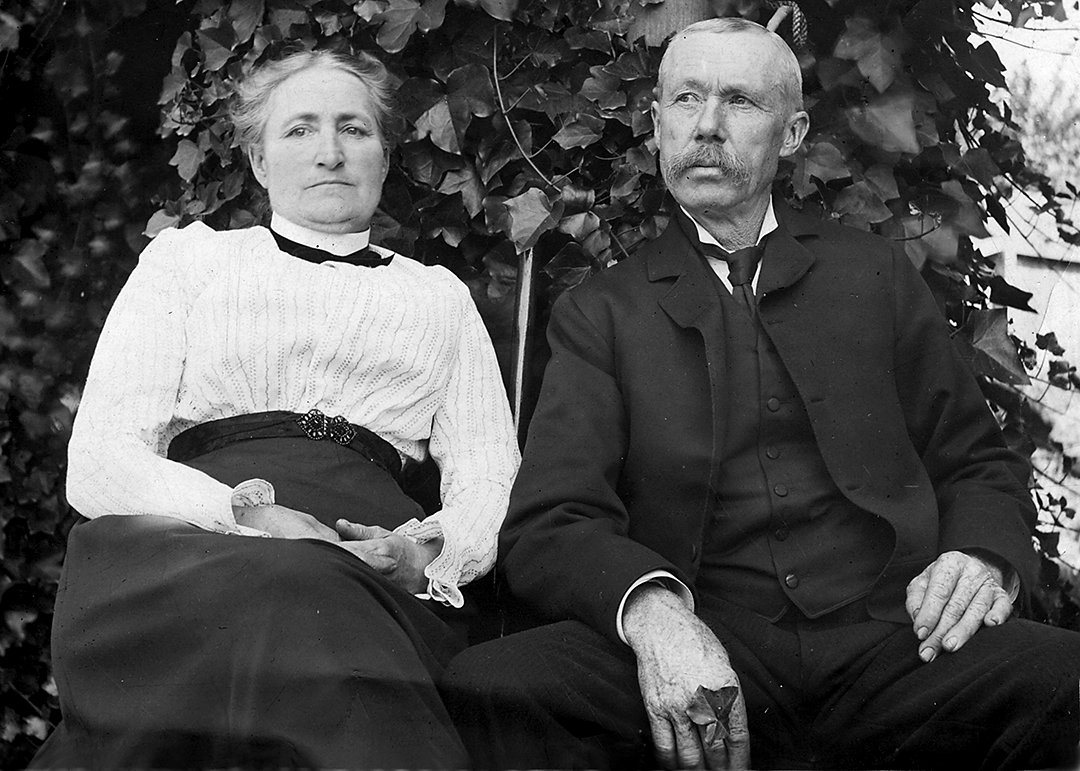The Blackman Museum: A Legacy of Pioneering History
The Blackman Home on Avenue B
The history of this historic home begins in 1872 with the Blackman Brothers—a group of pioneering siblings originally from Bradley, Maine. After their family's lumber mill declared bankruptcy, the brothers and their families sought new opportunities in the Pacific Northwest. That fall, William and Ada, Alanson (1840–1923) and Eliza, Elhanan (1844–1921) and Francis with their infant daughter Edith, and Hyrcanus (1847–1921) with Ella embarked on a transformative journey. They took a sailing ship around Cape Horn, bringing cherished belongings, including the piano that remains in the front room to this day. From San Francisco, the family continued on to Port Gamble in the Washington Territory.
Influenced by fellow Bradley lumbermen Andrew Pope and William Talbot, who had established a successful mill in Port Gamble, the Blackmans initially worked in Pope and Talbot’s logging camps. Within three years, the Blackmans established their own logging site on a small lake north of Snohomish, which became known as Blackman’s Lake. Today, visitors to Hill Park can still see the pilings dating back to their 1876 logging operations.
In 1878, just two years after establishing their logging operations, Hyrcanus and his wife Ella built this home on Avenue B, creating a family legacy in the heart of Snohomish. His brothers soon followed: Elhanan and his wife Francis constructed their home across the street, while Alanson and Eliza settled nearby on Second Street. Today, this home is the only remaining structure from the era when the Blackman family was a central presence along Avenue B. The eldest brother, William, chose to settle in Seattle, continuing his work in the lumber industry.
Clifford and Maude Blackman
The Blackman Mill
Eunice Blackman and the Ford House
In 1884, the Blackman brothers expanded their ventures by opening a sawmill on the Snohomish River. That same year, Hyrcanus’s son, Clifford, was born. Years later, Clifford married Maude Morgan, linking the Blackmans to Snohomish’s founder, E.C. Ferguson, through Maude's family. Clifford and Maude had two daughters and later moved to Wenatchee, where Clifford grew the family’s orchard business. Tragically, Clifford passed away during the 1920 flu epidemic, followed shortly by his newborn daughter, marking a somber chapter in the family history.
In 1887, a fire destroyed the Blackman brothers' first mill, but they quickly rebuilt, growing their operation to employ 175 men. Elhanan's invention, the tripper shingle machine, helped streamline production, making the mill one of the first in the region to produce surplus lumber for shipment to the East, especially after rail service reached Snohomish in 1889.
Becoming the Blackman Museum
In 1909, Eunice Blackman married Dr. William Ford, a physician from Ontario, Canada, who established his practice across the street. After retiring from medicine due to health reasons, Dr. Ford joined the family’s orchard business in Wenatchee. The home on Avenue B became known as the Ford House, and during the 1930s, Dr. Ford added a sunroom for Eunice’s cherished plants. Eunice lived alone in the house after Dr. Ford's death in 1951, leading a quieter life surrounded by her memories and family legacy.
After Eunice left Snohomish for medical treatment in the 1960s, the house stood empty until a local newspaper editor discovered it had been vandalized. Eunice’s family decided to sell the home, and it was purchased by the newly formed Historical Society in 1970 to preserve the Blackman legacy. By December of that year, volunteers transformed the house into the Blackman House Museum, celebrating the rich history of the Blackman family and their impact on Snohomish. Eunice was honored as a member of the Historical Society before her passing in 1974.
Today, the Blackman Museum stands as a testament to the pioneering spirit of the Blackman family and their contributions to the growth and history of Snohomish. Visitors can explore the house, admire the family heirlooms, and learn about the Blackmans' journey and their enduring legacy in the community.


